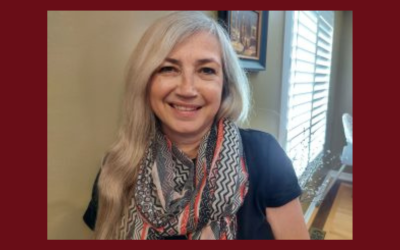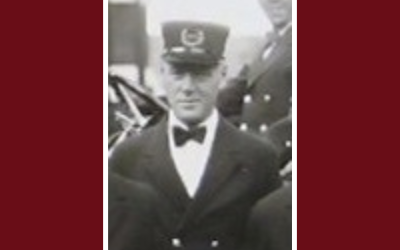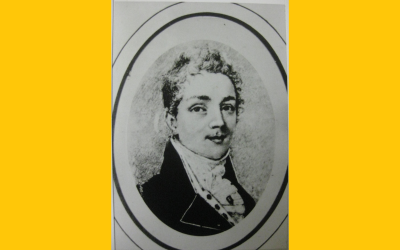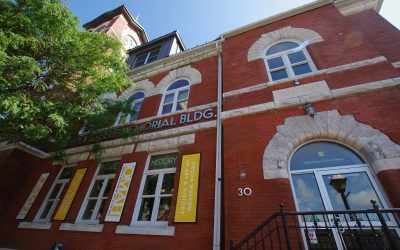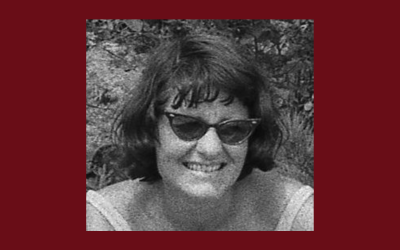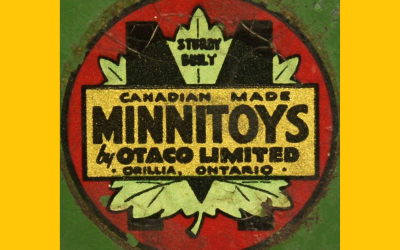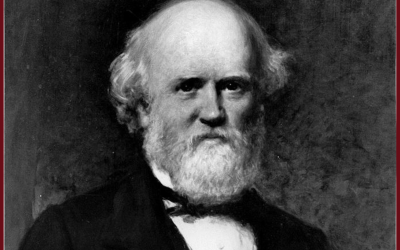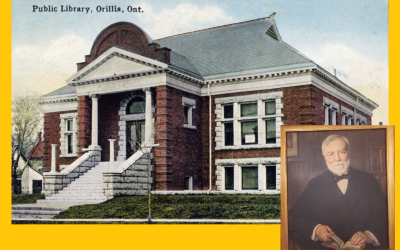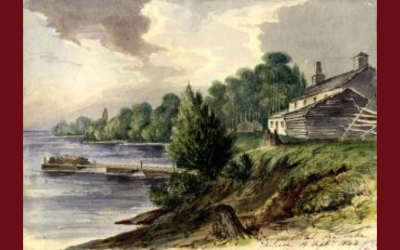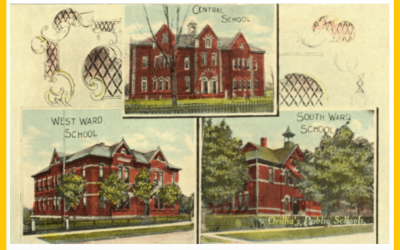THE TAITS OF ORILLIA
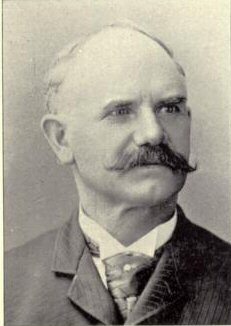
Andrew Tait, 1896. Photo from the Orillia Museum of Art & History Archives
By William Leslie, Guest Contributor
This is the story of the Tait family. William Tait, his wife, Mary and family left Scotland in 1848 for Canada, travelling from Liverpool to New York City, up the Hudson River and the Erie Canal. They finally crossed from Buffalo to Fort Erie, Upper Canada in 1860. Andrew Tait was 21 years old.
The Taits started a lumber business, in Fort Erie and Ridgeway. In 1863, Andrew Tait married Aurilla Howse, whose Loyalist family had a 200-acre land grant on the Niagara River. Andrew and Aurilla had three children, Albertha, Orland, and Alma Jane.
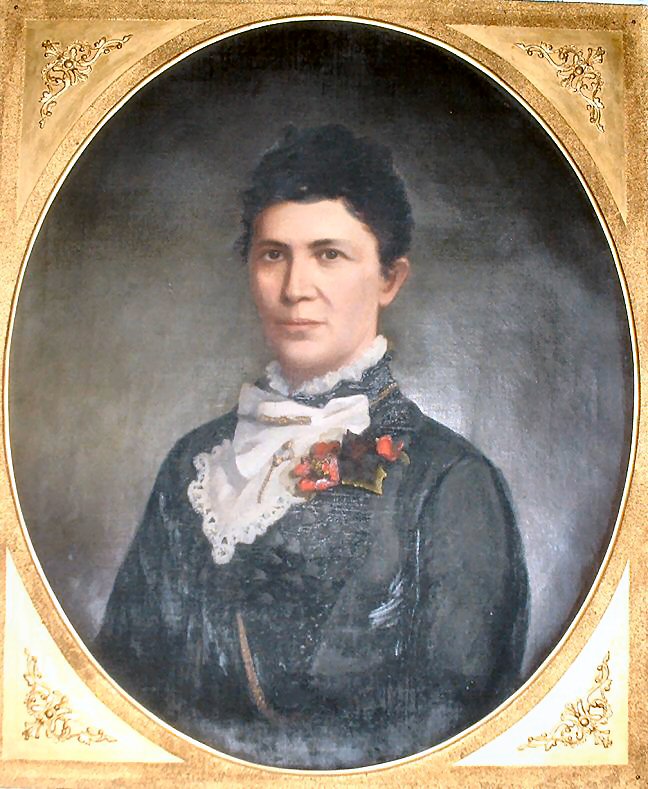
Portrait of Aurilla Tait. Photo from the Orillia Museum of Art & History Archives
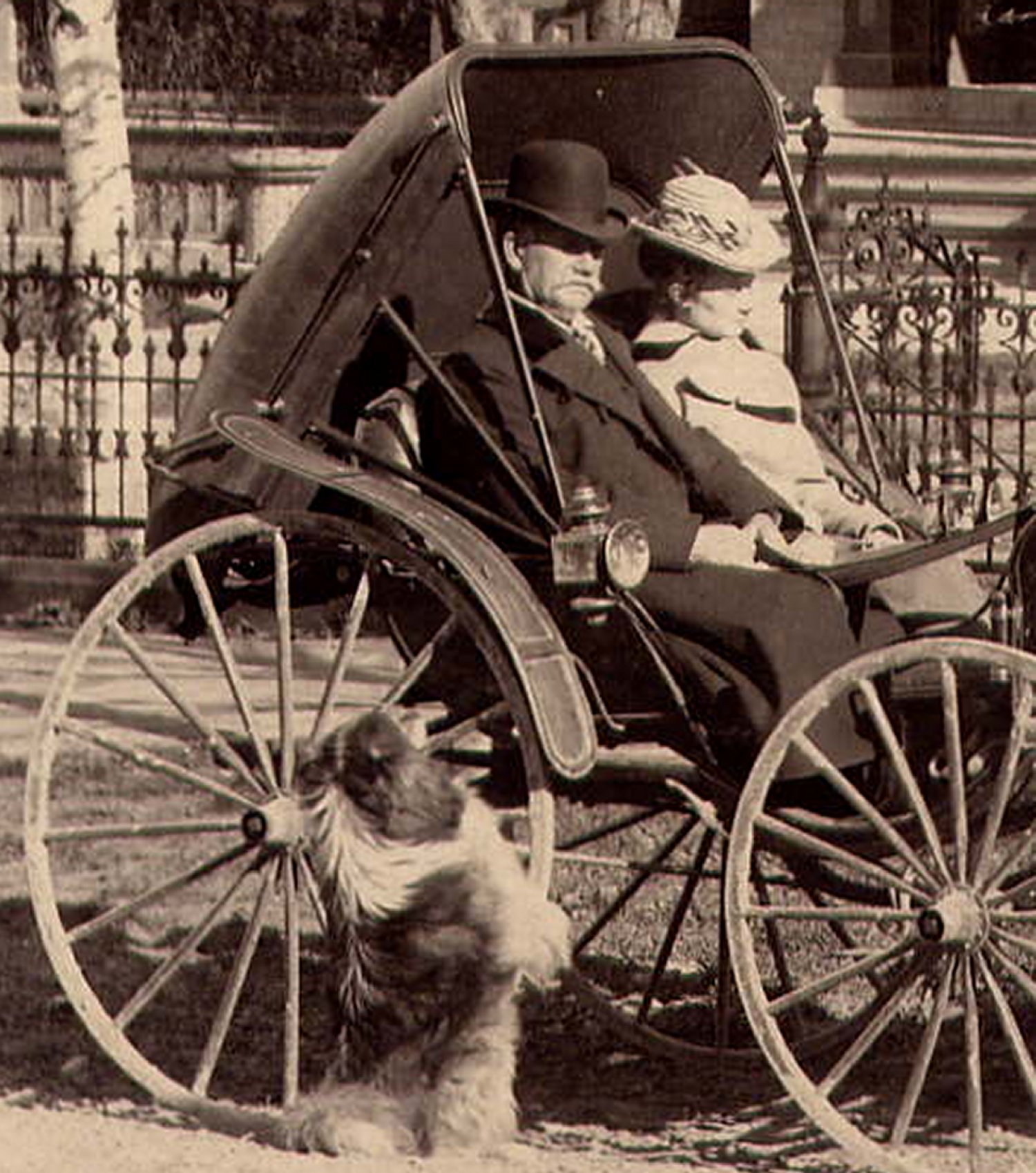
Andrew and Aurilla Tait at Glenorma Colborne Street, 1885. Photo from the Orillia Museum of Art & History Archives
In the year of Confederation, 1867, when Orillia was incorporated as a town, Andrew, Aurilla and their three children made Orillia their home. In 1871, two of their children died in the Orillia Diphtheria Epidemic. Their four other children were born in Orillia.
Andrew and Aurilla started with a hand-cranked shingle making machine in a shop on Andrew Street. Andrew cranked the machine and Aurilla tied the finished shingle bundles. They believed that this new town of Orillia was the place to make their way in the new country of Canada. Andrew was a pioneering and resourceful entrepreneur who built businesses, built houses and created hundreds of jobs in lumbering, quarrying, and building.
In 1934, at age 95, Tait was still building, buying, and selling and one way or another giving employment to a small army of men. He bought the land on Couchiching Point and Cedar Island and developed lots for holiday homes.
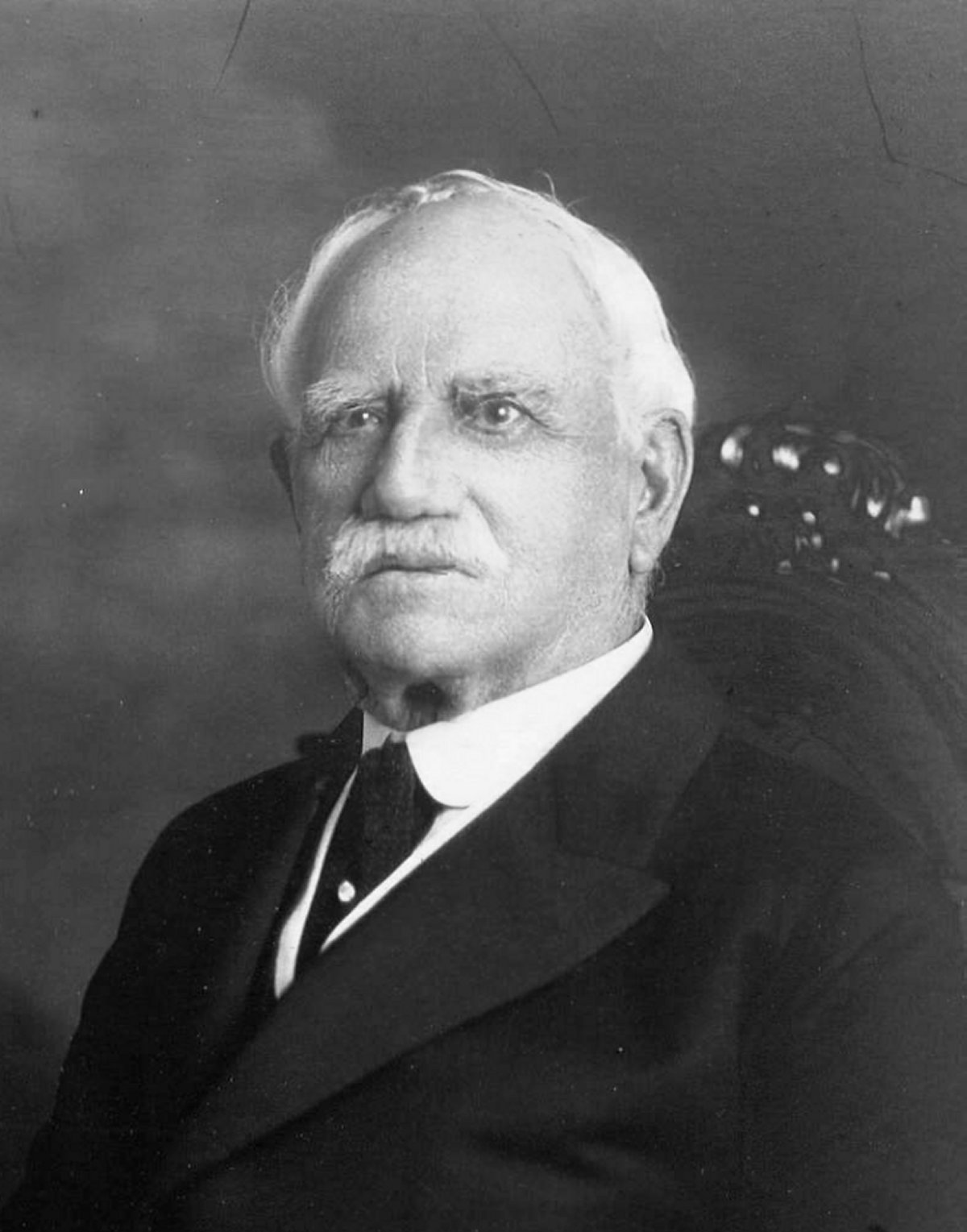
Andrew Tait on his 91st birthday, June 26, 1930. Photo from the Orillia Museum of Art & History Archives
The Orillia churches provided outlets for citizens to pursue their faiths, meet people, enjoy artistic presentations, fundraise for national and other causes, and assist one another. The Methodist Church presented plays to raise funds for soldiers in the South African War. Tait daughters, Alma and Clarisse, were musical and artistic and actively participated in these presentations.
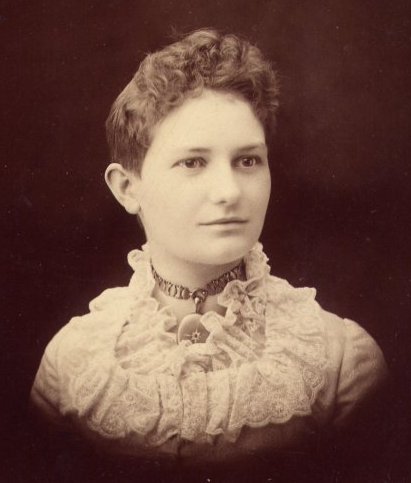
Alma (Tait) Wainwright, 1885. Photo from the Orillia Museum of Art & History Archives
In 1870, Andrew Tait was a major donor of funds to build the new St. Paul’s United Methodist Church. Alma Jane became the organist and a member of the choir and met Edward Wainwright the choirmaster. They were married in 1892.
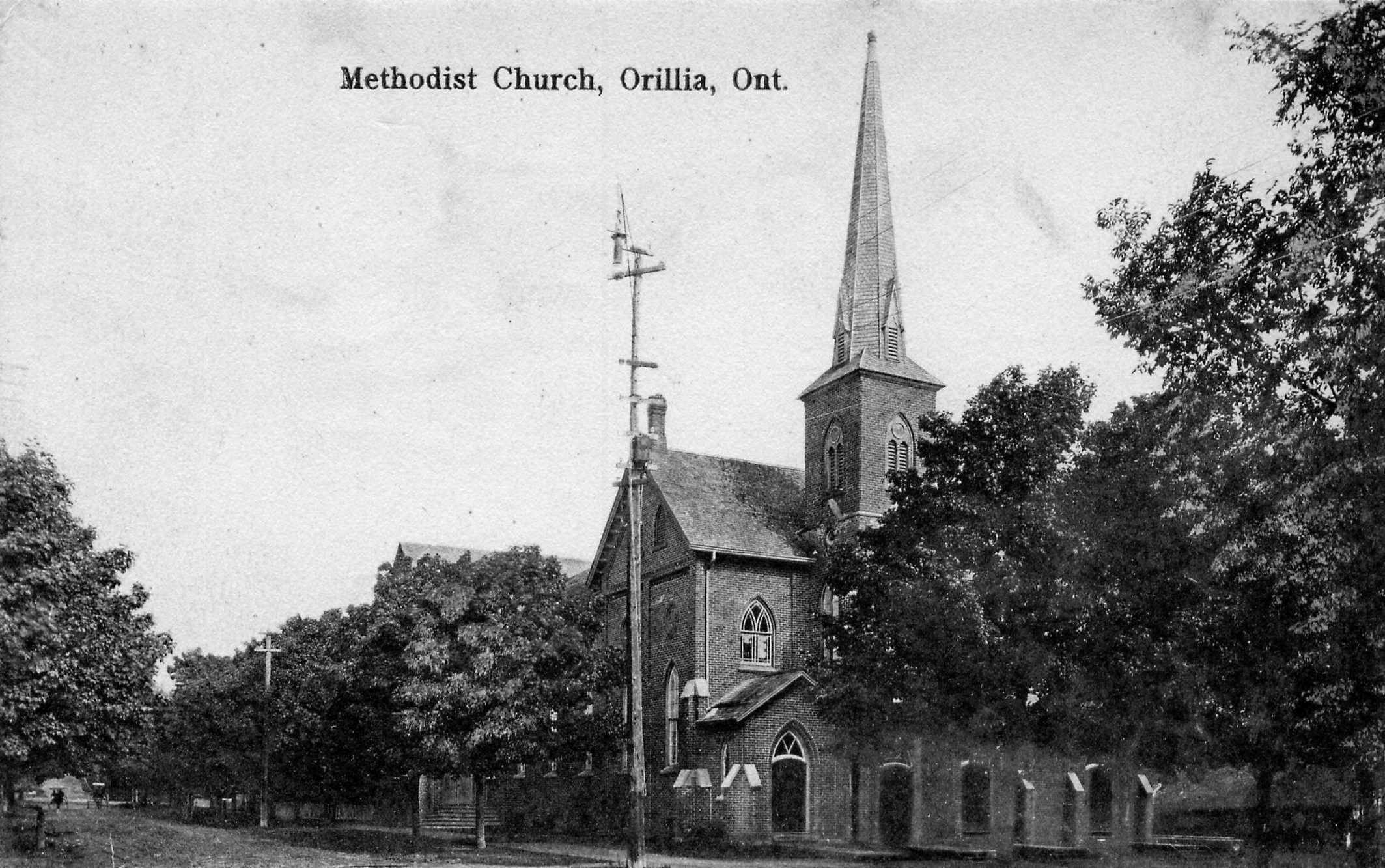
St. Paul’s United Methodist Church. Photo supplied by Marcel Rousseau
Clarisse married Sidney Carss, whose family had a store on Mississaga Street. Sidney joined the Tait Lumber Company and took it over when Andrew Tait moved to the Huntsville Lumber Company.
During the lumber boom in Orillia, the 29 bars gave the town a reputation as a “log and grog” town. It was a brawling rowdy place. Tait and other Methodists were active in the temperance movement and The Canada Temperance Act of 1878 resulted in the closing of all the bars.
In 1885, in his mansion Glenorma, Andrew Tait built a roller-skating rink on the top floor for his daughters to entertain their friends so that they would not go to dances in town.
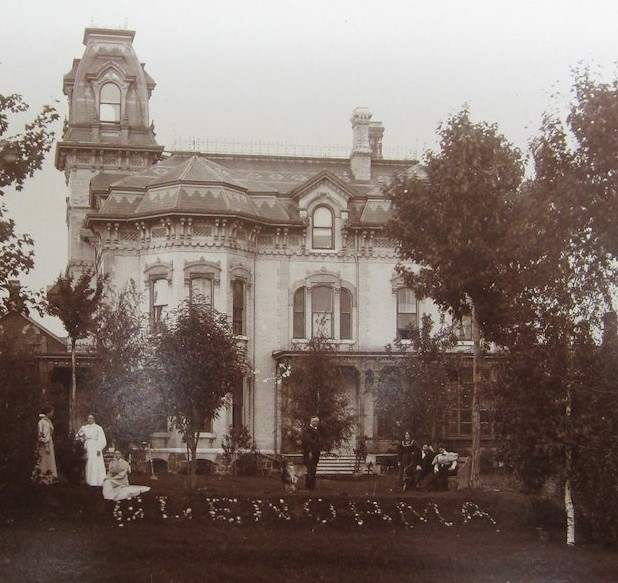
Glenorma. Photo from the Orillia Museum of Art & History Archives
About 1886, he bought a 75-foot steam yacht, Gypsy, and built a boat house where he and some friends formed the Orillia Yacht and Canoe Club. This Club provided opportunities for healthy competition and socializing. In 1900, Alberta, an expert canoeist, won a gold medal in Ladies Canoeing.
The Taits were pioneers who had a tremendous impact on the early foundations of Orillia and in many ways their legacy lives on today. In 1992, one of the Tait millworker’s houses that was built in 1889, located at 52 Scott Street, was registered as a designated property under the Ontario Heritage Act. The two-storey, red brick house was the only remaining example of a millworker’s house in its original condition on Scott Street.
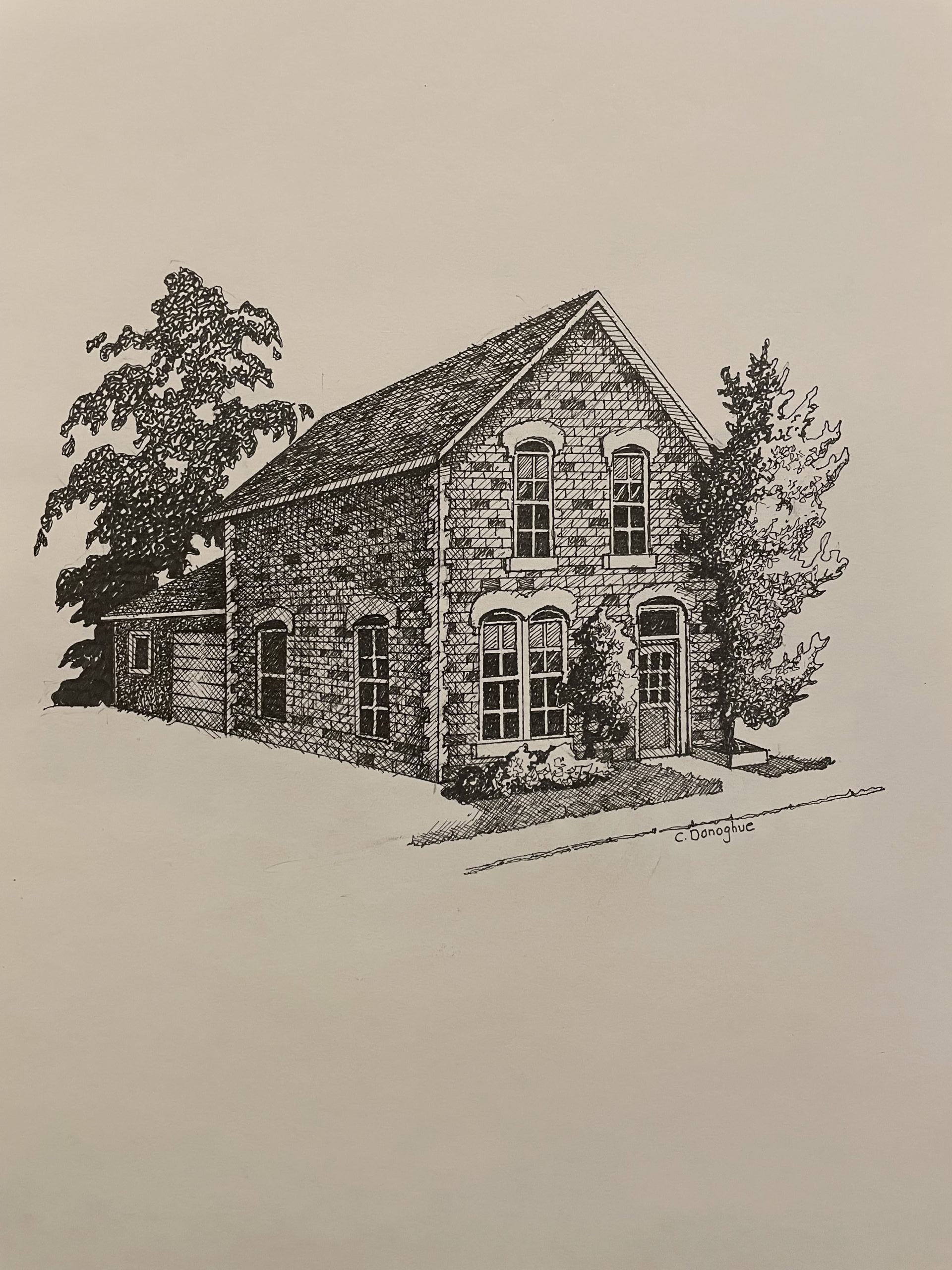
Sketch of 52 Scott Street. Artist Clayton Donoghue
We want to thank contributor William Leslie for his work researching and documenting our local history for future generations, including this story about the Taits. OMAH is proud to have a number of Tait artifacts in the collection and share them with you at this time.
These artifacts can be viewed at the OMAH exhibit GREAT TAIT: The True Story of Orillia’s First Millionaire. Please join us and don’t miss it!
2022 Year-end Message from the OMAH History Committee
by Trish Crowe-Grande, Chair, OMAH History Committee While this past year saw COVID-19 restrictions ease, the OMAH History Committee listened to its audience and continued to offer its popular History Speaker Series as well as the Annual Carmichael Art History...
MASSEY FAMILY HOME CHILDREN OF CANADA
Albert (Bert) Scaife Massey – OMAH CollectionBy Fred Blair, OMAH History CommitteeIn 1868, Anne Elizabeth Massey was born in Chelsea, London, England. She was the daughter of George and Elizabeth Massey. By 1891, the family had moved to Fulham, London and “Annie”,...
Elmes Yelverton Steele and the Napoleonic Wars
By Fred Blair OMAH History CommitteeIn 1798, Elmes Yelverton Steele joined the Royal Navy in England as an officer cadet. In 1799, the British acquired intelligence that Napoleon had commissioned four Spanish vessels to transport over twelve million pounds sterling...
THE HISTORY OF OMAH’S CLOCKTOWER
By Mary Ann Grant – OMAH History CommitteeWhat’s going on?? If you have been by OMAH recently you will have noticed the scaffolding installed on the building and the work underway. The Sir Sam Steele Memorial Building, specifically the clock tower, is getting some...
WENDY HUTCHINGS – TRIBUTE
Wendy Hutchings – Tribute by Mary Ann Grant - OMAH History Committee The Orillia Museum of Art & History believes that it is important to acknowledge its supporters, those who have made a contribution to the culture of our community and to keeping our local...
Brief History of OTACO
R.W. Phelps was born on January 14, 1888 in Iowa. He ultimately graduated as an Industrial Engineer. Early in his career he caught the attention of A.G. Bush who had a small company that manufactured one-cylinder engines that were used for farm and industrial...
John Ramsay and the Oro Settlers from Islay
By Fred Blair, OMAH History Committee John Ramsay grew up in Glasgow, Scotland. In 1836, at the age of 22, he obtained a lease on the struggling Port Ellen whisky distillery on the Island of Islay in Argyllshire, Scotland. In order to export whisky to the United...
Our Carnegie Library
By Mary Ann Grant, OMAH History Committee Did you know that Orillia’s first official Public Library was a gift from American philanthropist Andrew Carnegie? Andrew Carnegie was responsible for funding the building of libraries worldwide. The extent of the benefits...
HODGES’ LANDING: A BRIEF HISTORY
By Fred Blair The “Historic Hawkestone” plaque, located at 375 11th Line South, Hawkestone, recorded that “Richard Hodges established a landing for settlers” on Lake Simcoe in the 1830s in the community that is now known as Hawkestone. However, land records indicate...
EARLY EDUCATION IN ORILLIA
By Trish Crowe-Grande, OMAH History Committee Chair In December 2021, it was announced that Orillia would have a new elementary school in 2024 to address the quickly growing area of West Ridge. As Orillia’s population continues to grow, it is a good time to reflect...

